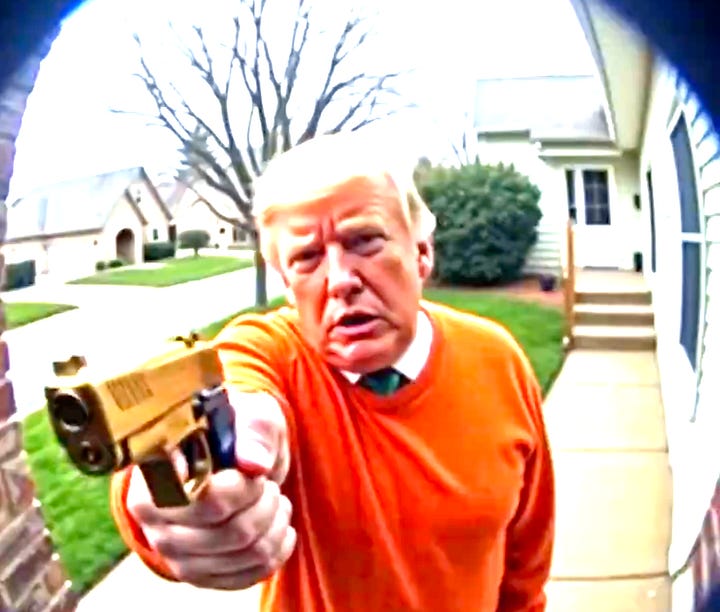Fakes?
A war over 'fakes' is underway, but it's far less about the damage caused by fakes than who controls social discourse. Let's dig in.
Across the world, governments and special interest groups are claiming that ‘fake news’ poses an existential risk. Here’s an example;
A Brazilian Supreme Court Justice claimed that ‘fake news’ on X has damaged Brazil’s democracy.
He demanded that X implement a broad censorship regime focusing on the speech of the political opposition to correct the situation.
X declined to do this, citing concerns about the legality of the demand. The judge banned X in Brazil.
Moreover, there are increasing claims this danger will intensify with the arrival of new AI tools that make it possible to create;
fake text posts (varied, timely, scalable),
fake pictures, fake videos (easily created, compelling, realistic), and
fake interactive media (conversational, realistic, mass customization).


To understand this claim and its ramifications, let’s dig in.
A New Dominant Medium
This conflict began with the transition to a new dominant medium;
A legacy print medium. Long-form. Narrative driven. Authoritative. Hierarchical. Broadcast. Books. Radio. TV. Began with the printing press.
-to-
A new networked medium. Packetized. Emergent narrative (people stitch together the packets to form the narrative). Open-source (anyone can contribute). Social networking. Began with the Internet.
See the report “Packetized Media” for more on this.
Unauthorized Narratives
Boiling this down, we discover that the conflict is over narratives, not facts.
Print: An authorized narrative supported by packets of ‘true’ facts.
Network: An unauthorized narrative constructed by packets of ‘fake’ facts.
The claim is that packets of ‘fake facts’ being spread online create dangerous false narratives.


